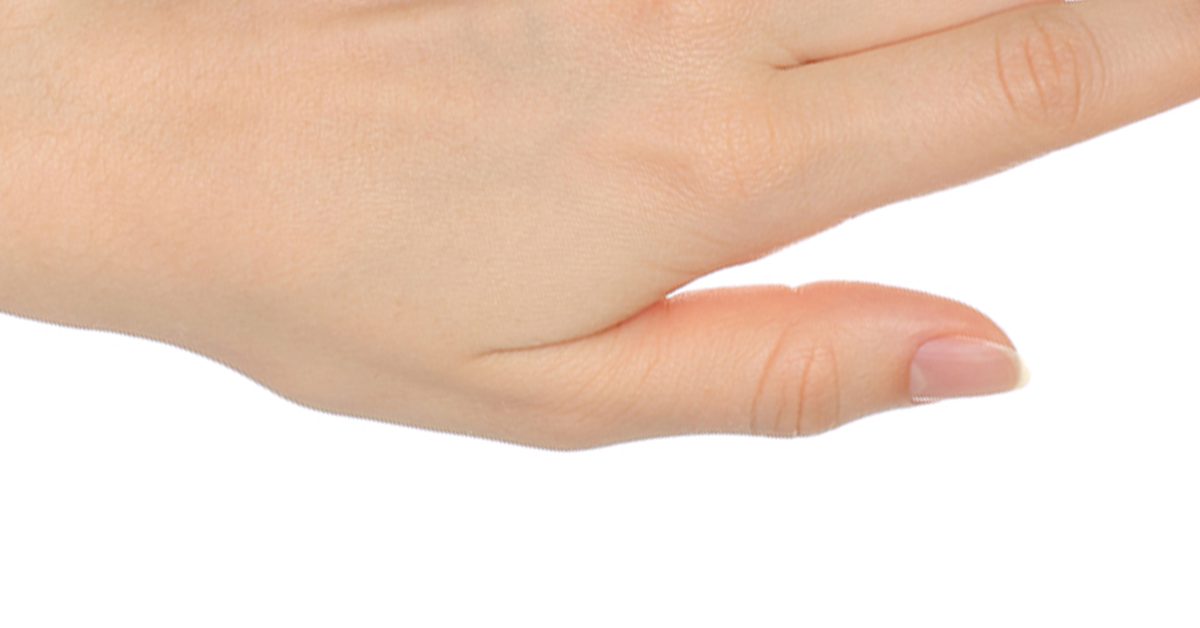
What is Basal Joint Osteoarthritis
The joints at the base of the thumb, where the wrist meets the thumb's metacarpal, are collectively called the basal joint. The main joint in this collection is called the thumb carpometacarpal joint, or CMC joint. The CMC joint, which we use when we hold, twist, or grip objects, allows for pivoting and swiveling movement of the thumb. When the cartilage in the basal joints wear out and degenerate, the painful condition created is called basal joint osteoarthritis.
What causes Basal Joint Osteoarthritis?
As we age, tissue naturally degenerates from everyday wear-and-tear and repetitive motions. The volar beak ligament, which is responsible for maintaining stability in the CMC joint, can become weak over time, causing abnormal thumb movement that leads to irritation and inflammation of the CMC joint. Overtime, the cartilage lining the CMC joint can degenerate, leading to bone-against-bone rubbing. While this process occurs in the CMC joint, the other joints that make up the basal joint may also be affected.
Symptoms and Diagnosis
Symptoms of this condition vary depending on how severe the condition is, but pain at the thumb's base is the most common. This pain may increase during movements that involve pinching or gripping. Weakness, stiffness, and grinding sensation during movement of the thumb may also occur. Depending on the severity of the condition, deformity of the joint may occur, forming a bump at the site where the wrist and thumb meet. If you display these symptoms, your doctor may have an imaging study like an X-ray performed on the wrist in order to diagnose this condition and determine the best course of treatment.
How is Basal Joint Osteoarthritis treated?
Conservative treatment methods may be effective if the condition is not severe. These methods may include cortisone injections, immobilization with a brace or splint, physical therapy exercises, activity modification, or medication to reduce inflammation. If the condition is very severe, surgery may be necessary.
